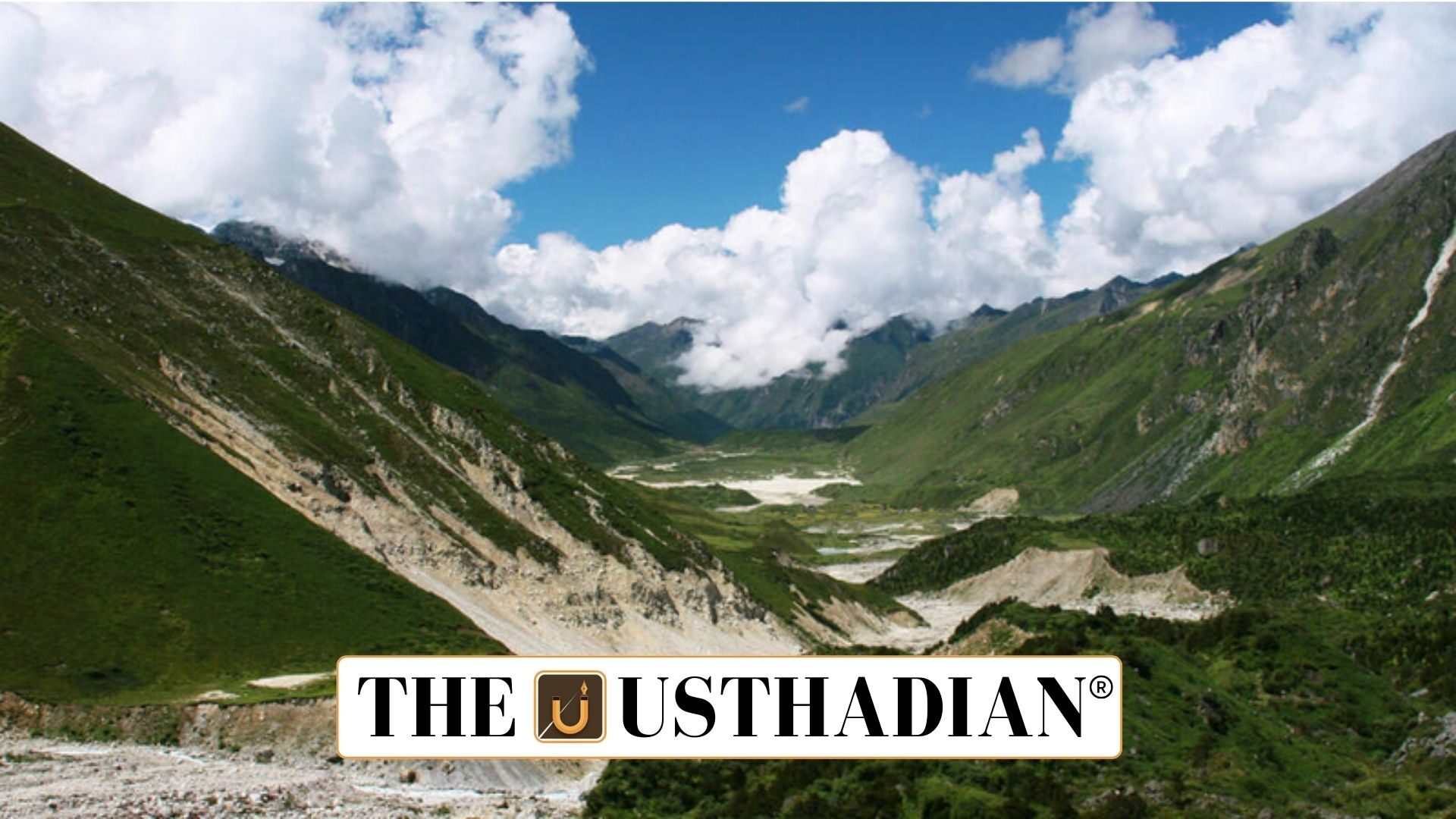Recent disasters in Himalayan states
Himalayan Environmental Challenges: The year 2025 witnessed severe disasters across Uttarakhand, Himachal Pradesh, and Jammu & Kashmir. Cloudbursts in Dehradun and Mandi triggered flash floods, while Mussoorie was cut off for over 48 hours. Punjab experienced one of its worst floods, submerging thousands of villages. These incidents underline the fragile state of the Himalayan ecosystem.
Static GK fact: The Himalayas are geologically young fold mountains formed around 50 million years ago due to the collision of the Indian and Eurasian plates.
Fragile terrain and infrastructure projects
The fragile geology of the Himalayas makes it prone to landslides and erosion. Rapid development, including highways, tunnels, ropeways, and hydropower projects, has aggravated ecological instability. The Char Dham road project in Uttarakhand involved large-scale tree cutting and construction in sensitive zones, violating environmental norms. Experts warn that unchecked expansion worsens disaster risks.
Energy unleashed by cloudbursts
Cloudbursts produce intense rainfall over small areas in a short span of time. Masses of water and debris descend with massive force, destroying everything in their path. A 1,000-tonne mass falling one kilometre generates about 10 gigajoules of energy, enough to wipe out entire settlements. Such events remain unpredictable and highly destructive.
Climate change influence
Climate change has intensified the water cycle, increasing evaporation and atmospheric moisture. This results in more frequent and intense rainfall. The collapse of the Arctic jet stream disrupts weather globally, leading to heatwaves in Europe and heavy rains in South Asia. Retreating glaciers in the Himalayas further raise flood risks, threatening downstream communities.
Static GK Tip: The Himalayas host over 9,500 glaciers, covering about 33,000 sq km, making them the “Third Pole” of the Earth.
Weak enforcement of environmental laws
Protective measures like the Bhagirathi Eco-Sensitive Zone (BESZ) exist but remain poorly enforced. Deforestation and piecemeal forest clearances continue. The Supreme Court has flagged concerns over unchecked tourism and reckless construction. Himachal Pradesh temporarily suspended new building projects after repeated disasters, highlighting the urgent need for strict environmental governance.
Flood plains and disaster preparedness
Settlements in old river courses and flood plains remain highly vulnerable. Camps such as Machail Mata pilgrimage site were washed away during sudden floods. Authorities must restrict permanent construction in flood-prone zones and strengthen early warning systems. Disaster risk reduction depends on long-term planning and public awareness.
Regional and global impact
The Himalayan crisis reflects a global pattern of extreme weather. South Asia, Europe, and North America face rising threats from floods, landslides, wildfires, and heatwaves. These disasters affect agriculture, infrastructure, and economic stability. Coordinated international climate action and sustainable development are essential to reduce risks and protect fragile ecosystems.
Static Usthadian Current Affairs Table
Himalayan Environmental Challenges:
| Topic | Detail |
| Recent disasters | Cloudbursts in Dehradun, Mandi; floods in Punjab and J&K |
| Fragile terrain | Expanding highways, hydropower, and Char Dham project worsen risks |
| Energy of floods | 1000 tonnes falling 1 km releases 10 gigajoules |
| Climate impact | Arctic jet stream collapse intensifies rains in South Asia |
| Glacier retreat | Himalayas called the “Third Pole” with 9,500 glaciers |
| Environmental laws | BESZ exists but enforcement is weak |
| Supreme Court role | Raised concern over reckless construction and tourism |
| Flood plain risk | Machail Mata camp washed away due to flood location |
| Preparedness need | Stronger land-use planning and early warning required |
| Global link | Extreme weather events rising worldwide due to climate change |








